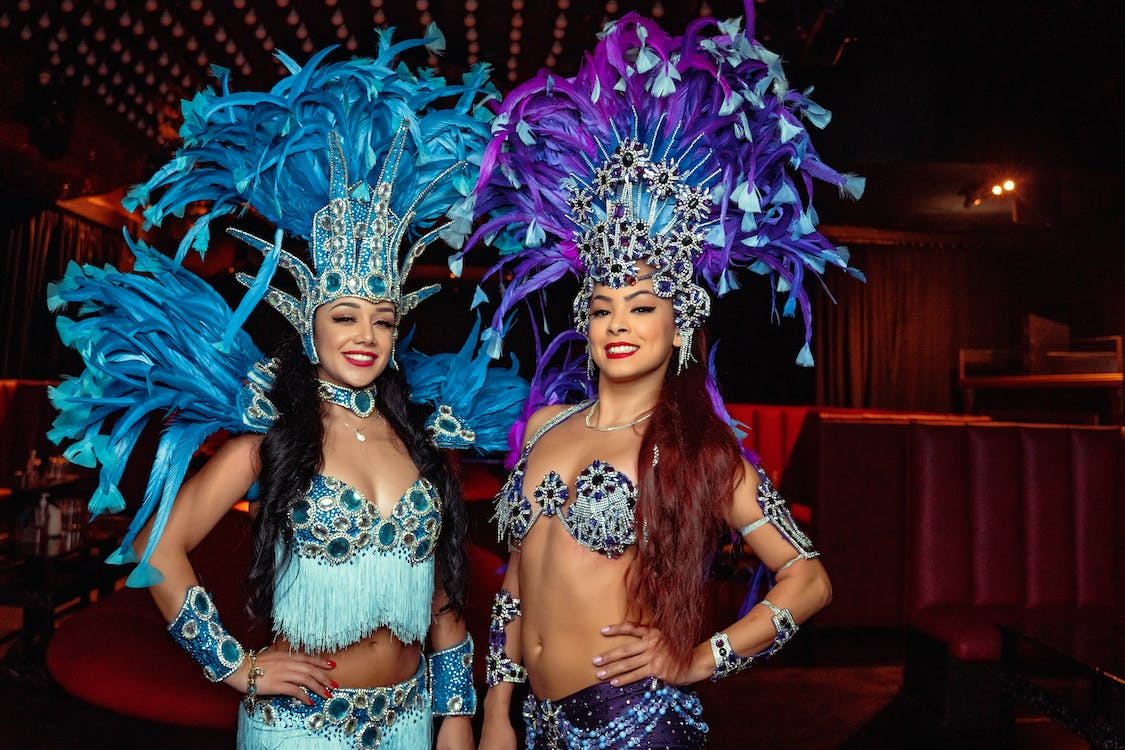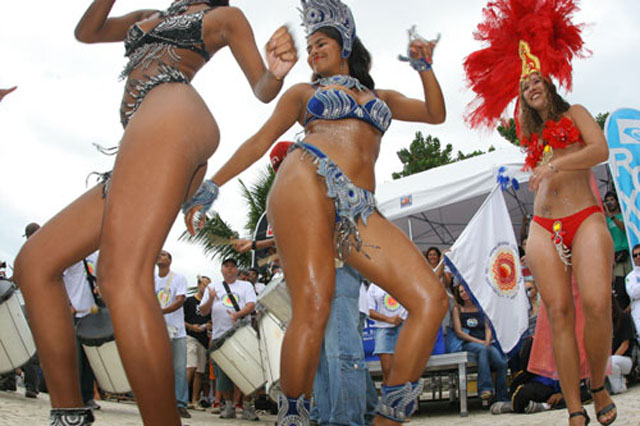Ever felt your heart sync with the rhythm of a drum, your feet tapping involuntarily, and your spirit soaring high? If yes, then you’ve probably been touched by the magic of Samba.
This enchanting dance form, pulsating with energy and life, is more than just a set of steps.
It’s a cultural phenomenon that tells a tale as vibrant as its moves.
Samba originated in Brazil, but its roots trace back to Africa. Brought to Brazil by enslaved Africans during the 16th century, it was a rhythmic dialogue between diverse African cultures.
A potent blend of Angolan semba, Congolese congo, and Brazilian lundu – Samba was born amidst hardship but blossomed into an expression of joy and resilience.
Imagine the scene – nights lit by firelight in Rio de Janeiro’s favelas (slums), where these early rhythms provided solace from daily struggles. Each beat was a testament to their indomitable spirit – each step a defiance against their oppressive reality.
But like any good story, Samba’s tale has its heroes too. One such hero is Tia Ciata.
An Afro-Brazilian woman who hosted lively gatherings at her home in Praça Onze neighborhood in Rio de Janeiro during the late 19th century.
These gatherings became the breeding ground for what we now know as modern-day Samba.
Now let’s fast forward to 1917 when Pelo Telefone – widely considered the first recorded samba song – hit the airwaves. Composed by Donga and Mauro de Almeida, this catchy tune marked Samba’s transition from local folklore to mainstream music.
And then came Carnival! An annual festival celebrated across Brazil where Samba found its ultimate playground.
Picture flamboyantly dressed dancers swaying to intoxicating Samba rhythms, their movements narrating tales of love, loss, and celebration.
This is where Samba evolved from a dance form to a way of life.
Today, Samba is synonymous with Brazil’s identity – a vibrant testament to its rich cultural heritage. It has even made its way into the fitness world with ‘Samba dance workouts’ becoming increasingly popular for their high-energy routines that promise both fun and fitness.
Now that you know the fascinating history of Samba, why not give it a try? You don’t need to be a professional dancer or even have any prior experience.
All you need is an open heart ready to embrace the rhythm.
Remember, Samba is more than just dance steps – it’s about expressing yourself freely and joyfully.
So next time you hear that infectious beat, let your feet tap along. Let your heart sync with the rhythm and let your spirit soar.
After all, as they say in Brazil – “Quem não gosta de samba bom sujeito não é” (He who doesn’t like samba is not a good person).
P.S. If you’ve got your own experiences or stories related to Samba or any other cultural dance forms, feel free to share them in the comments below!
We’re all here to learn, appreciate and celebrate diverse cultures together!



